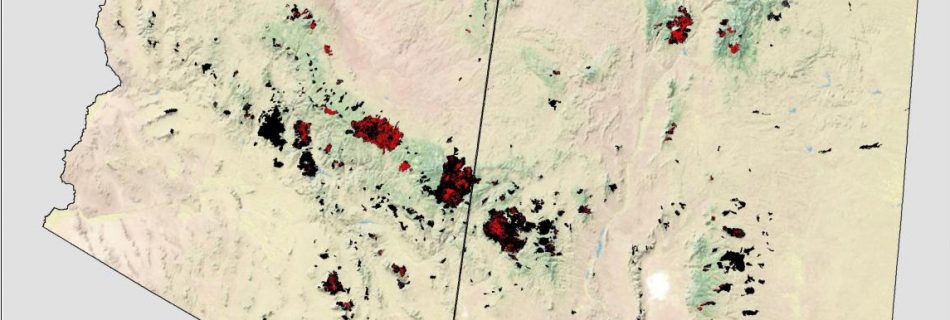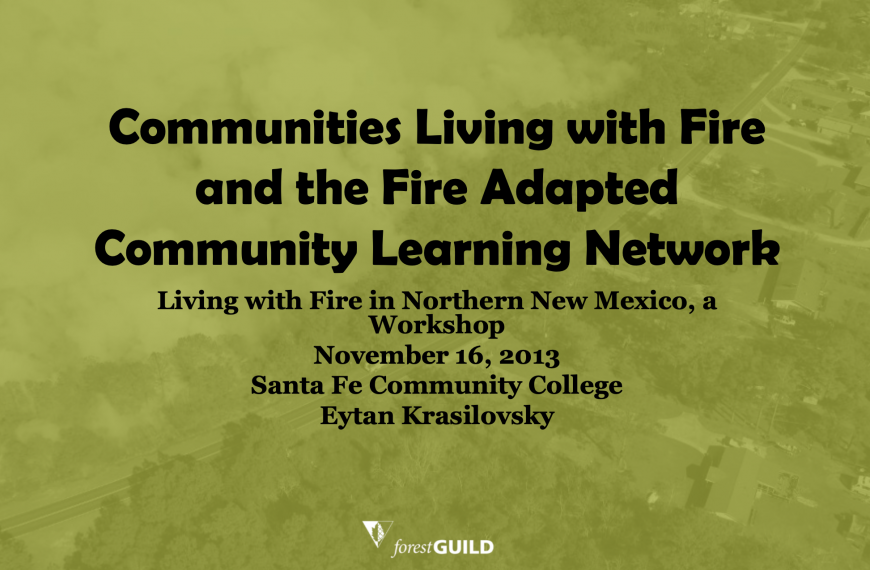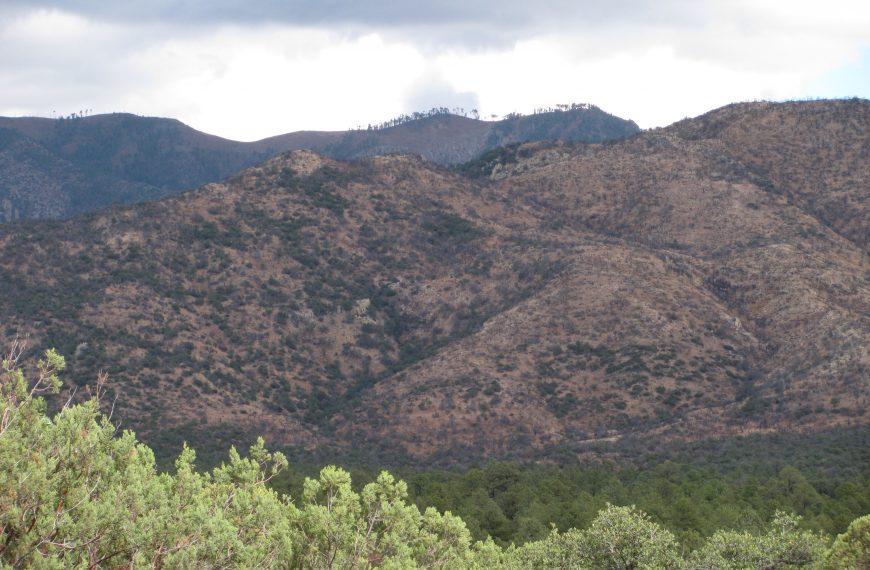Do high severity burns lead to conversion to new forest types or a shift from forests to shrublands or grasslands? How do wildlife respond to changing habitats? And, finally, what do these changes tell us about how these ecosystems will respond to climate change? We visited the sites of the 2000 Pumpkin Fire and 2003 Aspen Fire, and talked to researchers who have been studying how forests and wildlife respond to high severity burns. View the YouTube video here.
October 5, 2016: Developing & maintaining trust in collaborative forest projects
Presenter: Kimberly Coleman, University of Vermont Date: October 5, 2016 This webinar will describe qualitative, case study research that investigated four projects in the Collaborative Forest Landscape Restoration Program (CFLRP) to understand how varying organizational structures impacted collaboration. I selected the four case studies to represent the range of organizational structure present through the CFLRP. …
Read more “October 5, 2016: Developing & maintaining trust in collaborative forest projects”






